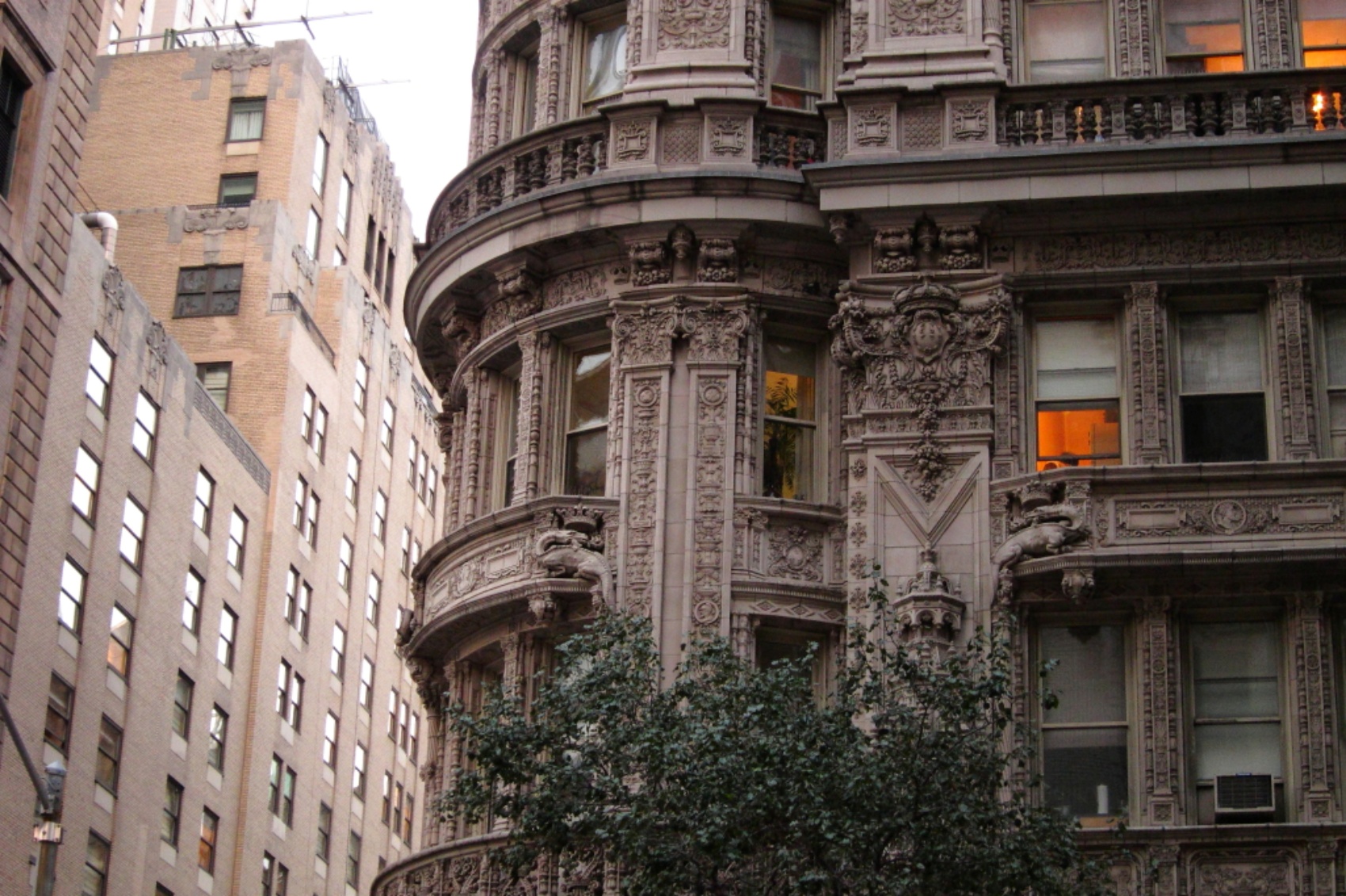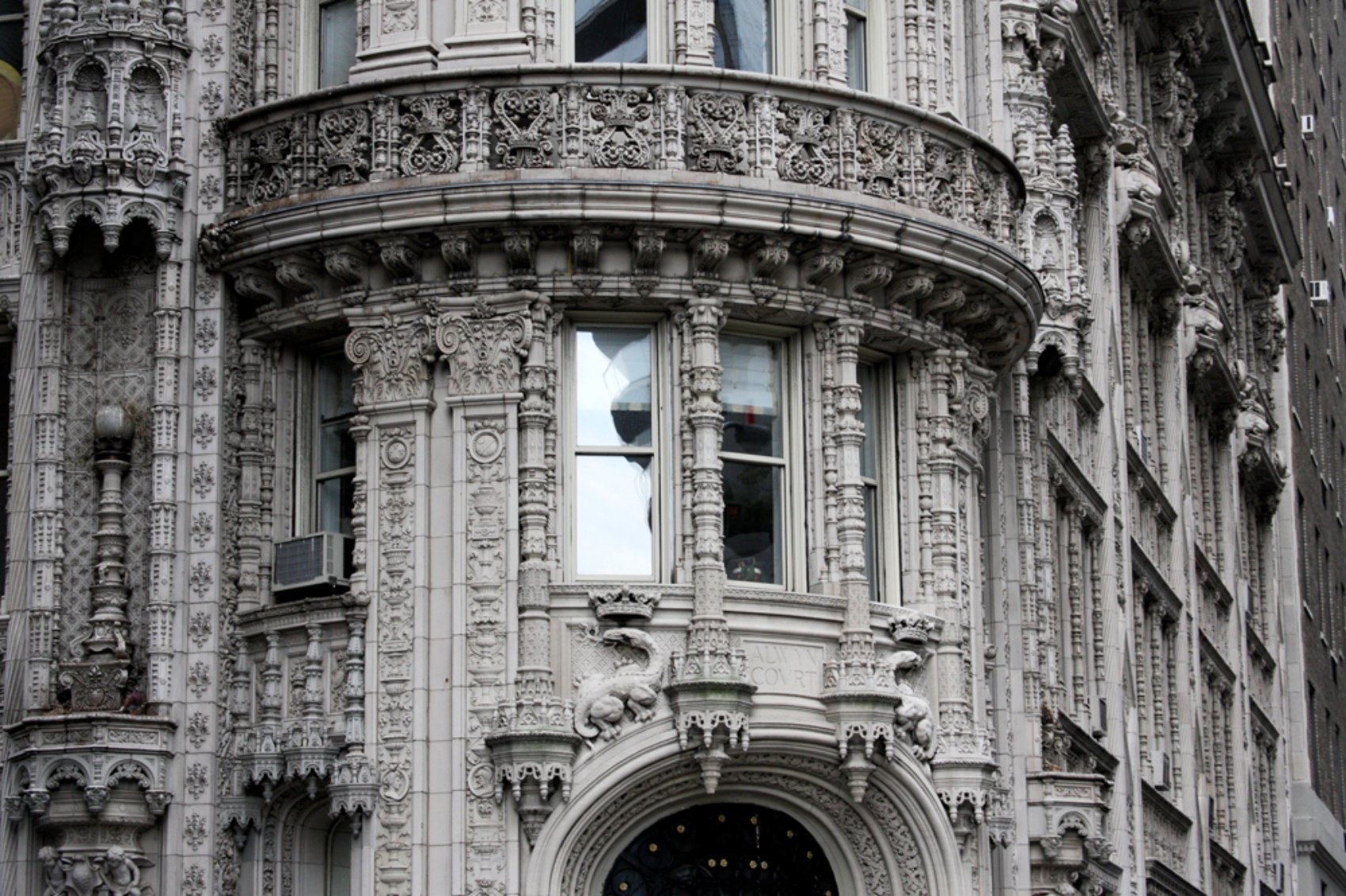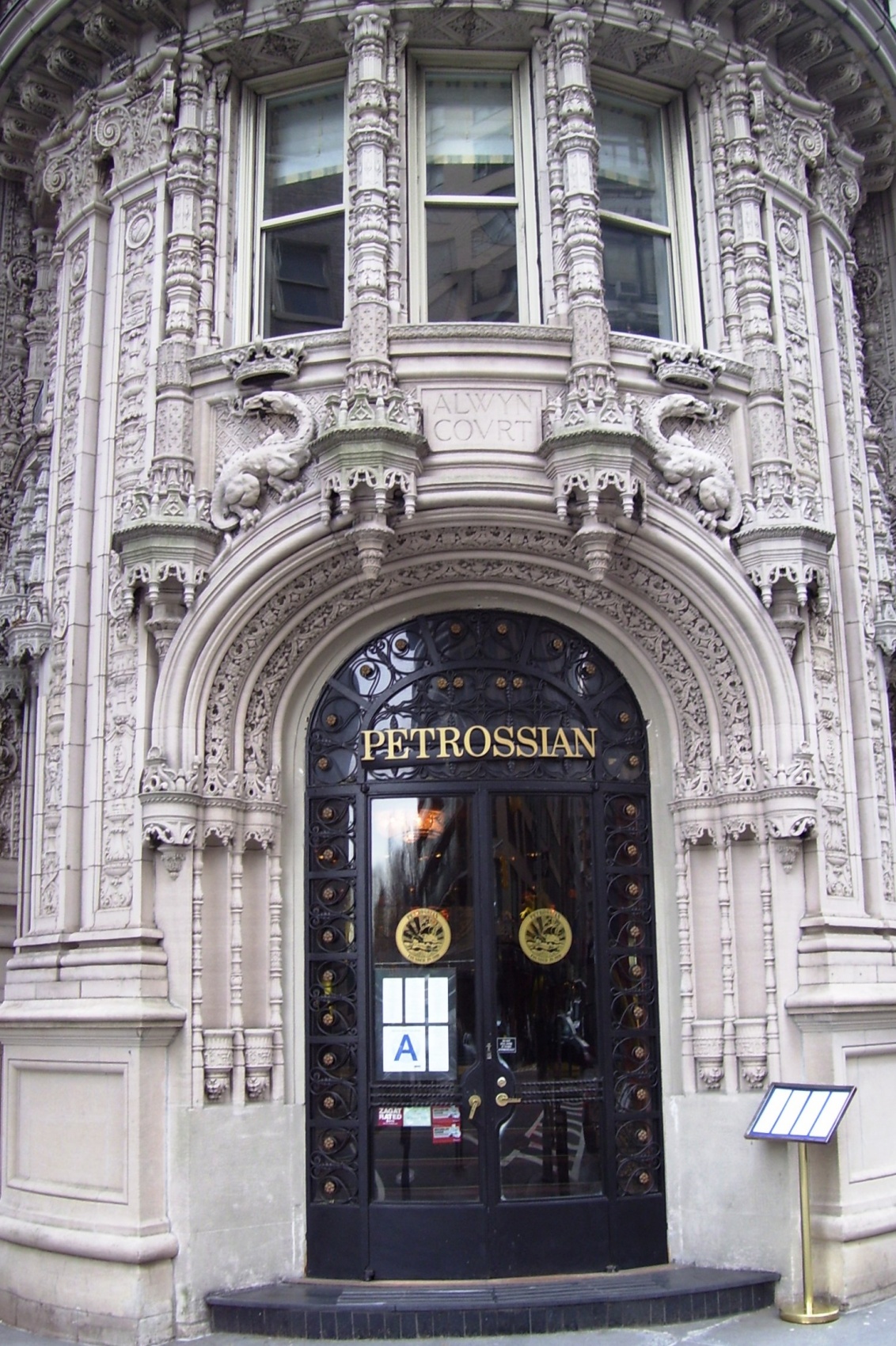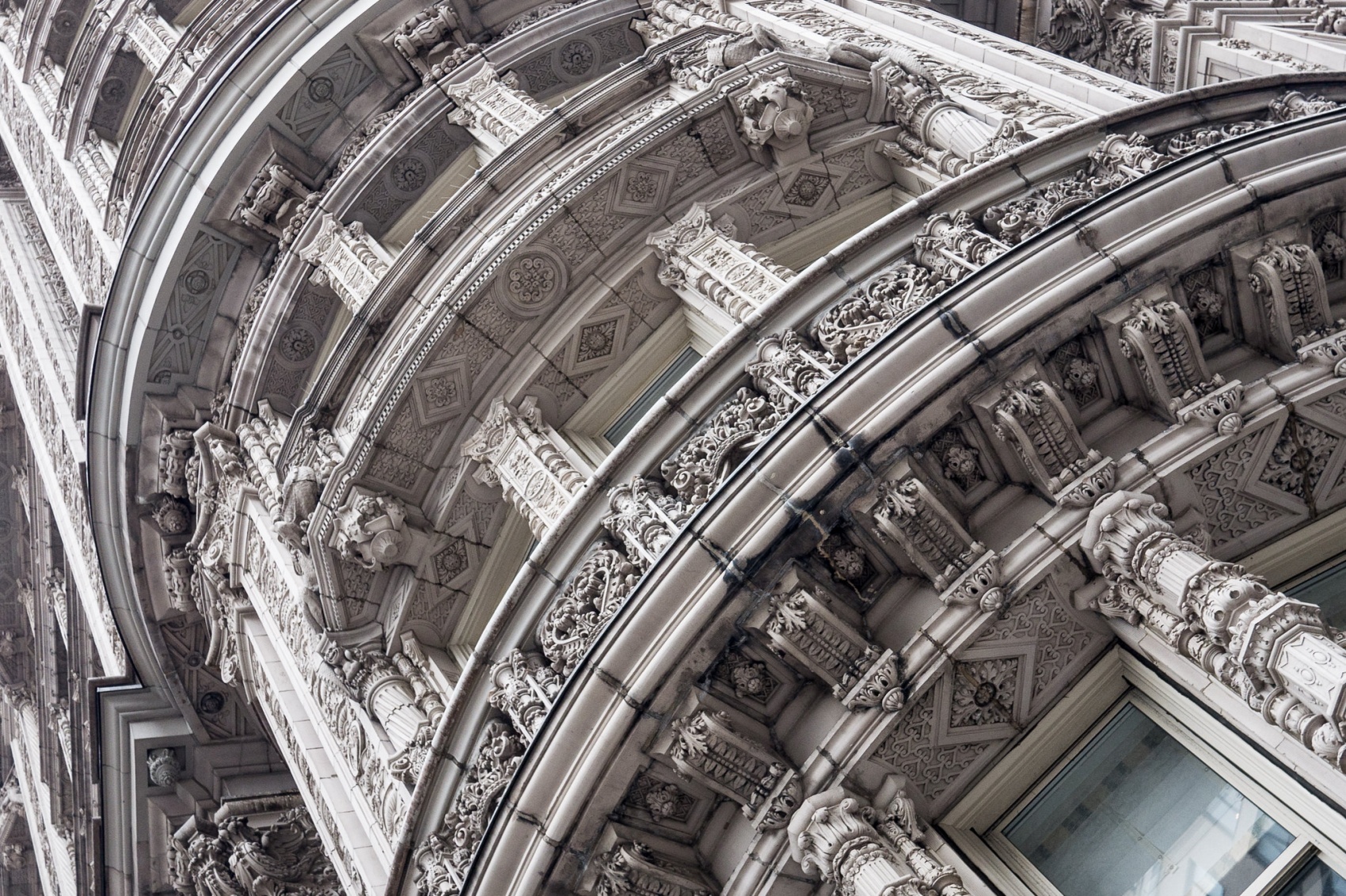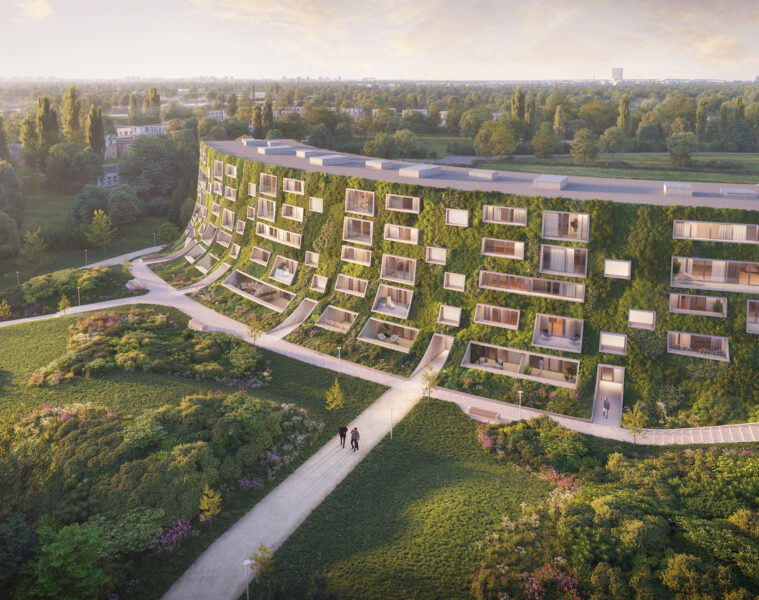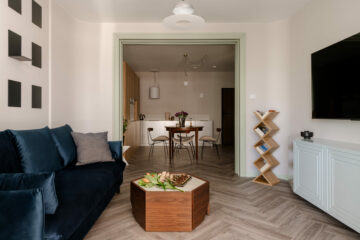Immediately after its completion, critics called the building “the dream of a talented confectioner”. The facade of the Alwyn Court townhouse in New York is so incredibly ornate that it is hard to describe in words. Over the years, the building has been home to many of the millionaires of the growing metropolis.
At the end of the 19th century, architects saw the need to build housing for the wealthy part of Manhattan. Wealthy New Yorkers mostly lived below the city, in luxury villas. Typical of the East Coast, New York’s brick townhouses mainly housed flats for workers. For this reason, ornate, stately buildings designed for the wealthy began to be built around Central Park. On the corner of 58th Street, painter Walter Russel and developer Alwyn Ball Jr. built the Alwyn Court townhouse.
White Raven
The facade of the building was made of carved terracotta tiles. The style of the building can be described as reminiscent of the French Renaissance. This façade design was made possible by the mass-produced tiles. Plant and animal ornaments dominate the walls. Specifically, salamanders, the symbol of the French King Francis I of Valois. On the façade, reliefs of the French lily flower can be seen. Additional variety is added by niches covered by a canopy roof. The Renaissance appearance is completed by arches, Corinthian columns and the ubiquitous pilasters.
In 1910. Alwyn Court opened to its first tenants. The interiors were spacious, with ceilings reaching 3.2m. Each flat had an allocated wine cellar, and double lifts added extra luxury. After all, the building has 12 floors, so climbing to the top floor would have been too cumbersome. The courtyard in the form of a glass atrium also catches the eye. In addition, the walls of the atrium are decorated with a sgraffito painted by Richard Haas, known for his illusory paintings. Until 1938, the building housed 22 luxury flats.
From villa to townhouse
The period of the Great Depression of the 1930s saw Alwyn Court begin to empty. By the time of the war, only six flats were occupied in the building. In 1938, renovation began to refresh the building and make it financially viable. Seventy-five smaller flats were separated from 22 large ones. The location of the entrance was changed and the ground floor was rented out for commercial premises.
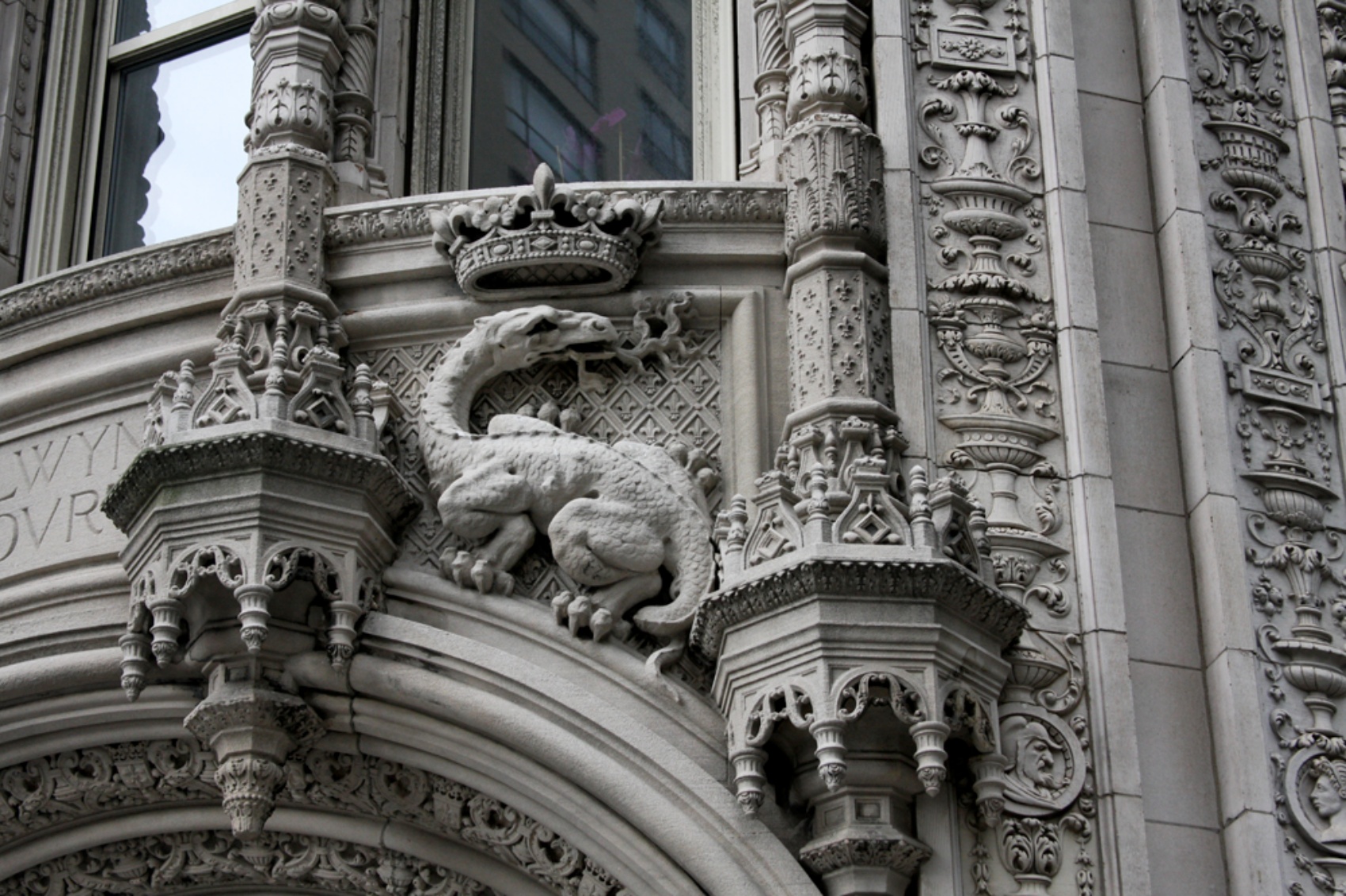
Over the years, Alwyn Court has been home to many wealthy New Yorkers. One of them was Fredrick Steinway. In the early 20th century, he was the head of the Steinway company, known for producing world-class pianos and grand pianos. Large flats were also rented here by early New York millionaires such as Maurice Wertheim and President Teddy Roosevelt’s cousin Philip James Roosevelt. With the rise of cinema, the Alwyn Court flats became home to famous actors. The building was home to comedian Fred Allen and his wife Portland Hoffa, actor Darren McGavin and New Journalism pioneer Joan Didion.
Alwyn Court has maintained its prestige to this day. Of the now famous actors formerly residing in the building include: Liam Neeson, Richard Thomas and Jessica Hecht.
Alwyn Court’s post-war fortunes were not easy. The building changed hands frequently and its prestige declined significantly. However, its listing in 1966 saved the building from further deterioration. At the beginning of the 21st century, the building underwent a major refurbishment that restored it to its former glory. Today, Alwyn Court can be classed as Billionaire’s Row, despite the fact that it is not a luxury high-rise. The townhouse is a white raven of NYC architecture that constantly surprises with its beauty.
Source: James Maher Photography
Also read: Architecture | United States | New York | Monument | Tenement | History | Interesting facts | whiteMAD on Instagram



